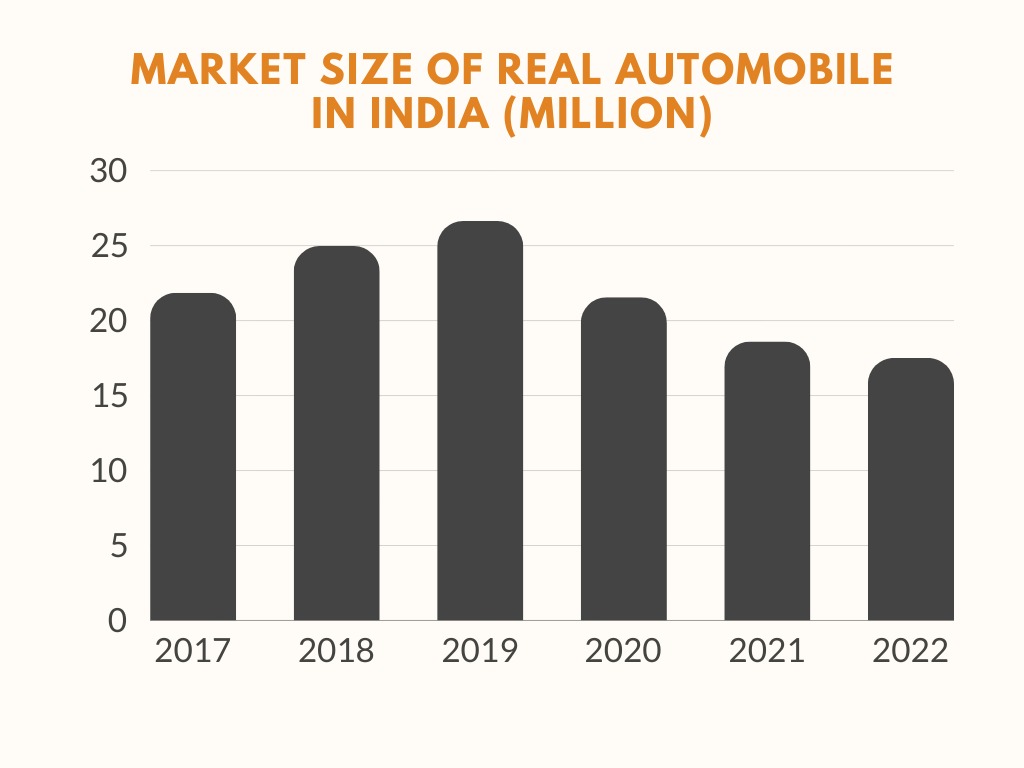
.png)
It predicts that by 2026, the Indian automobile sector will be valued at US$300 billion. By 2030, shared mobility could make India a global leader, creating opportunities for electrified and self-driving vehicles.

The production of passenger cars, commercial vehicles, three-wheelers, and two-wheelers is included in the automotive manufacturing sector. The entire number of passenger cars, commercial vehicles, two-wheelers, three-wheelers, and quadricycles produced in the first quarter of FY23 was 6,326,483 units. After overcoming the COVID-19 pandemic's effects, the Indian auto sector is predicted to have rapid growth in FY23. In FY23, sales of electric vehicles—especially two-wheelers—are probably going to be strong. According to a report by the India Energy Storage Alliance, the country's EV industry is anticipated to expand at a compound annual growth rate (CAGR) of 36% until 2026. Furthermore, it is anticipated that throughout the same time frame, the market for EV batteries will increase at a CAGR of 30%.
Mahindra & Mahindra (M&M) intends to introduce revolutionary digital technologies into the automotive industry. Hyundai intends to join the hybrid vehicle market in order explore alternative fuel technologies and take advantage of government subsidies. Tata Motors filed the greatest number of 125 patent applications in company history in India in 2022.
Nissan and Toyota declared their intention to establish India as their worldwide center for compact automobiles. Incredibly low-cost automotive class with strong export potential (to developing & emerging markets).
NATRIP centers are established with strong government assistance. Private companies aiming to establish R&D centers in India include Hyundai and Maruti Suzuki. The electric vehicle company Tesla registered its subsidiary as Tesla India Motors and Energy Private Limited in January 2021 and established an R&D center in Bengaluru.
.png)
